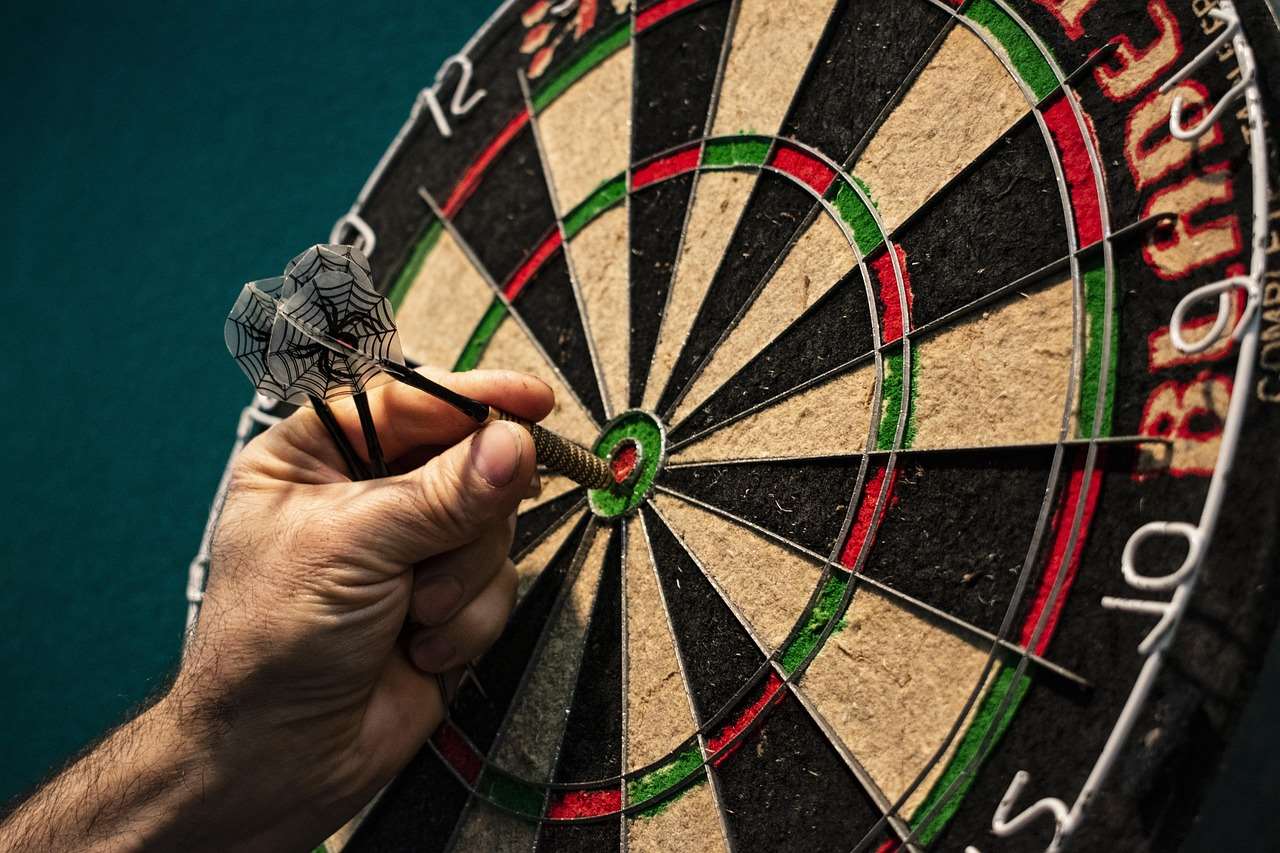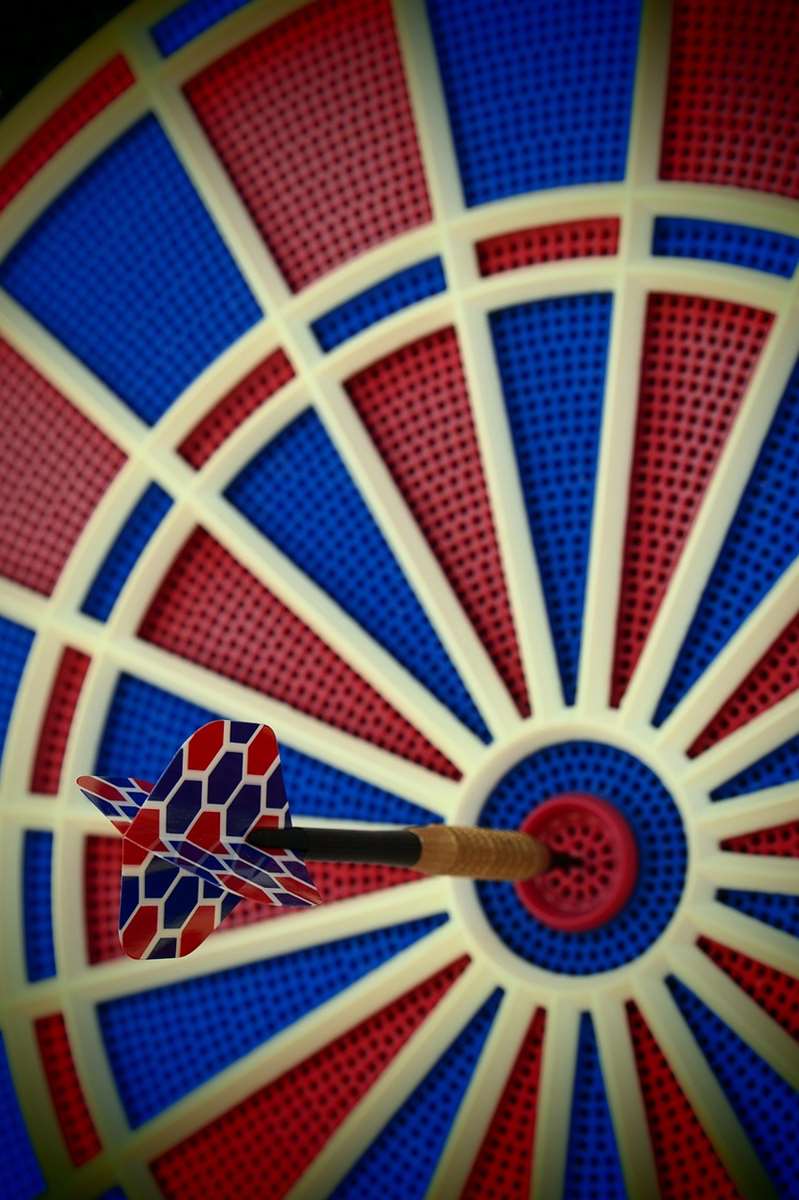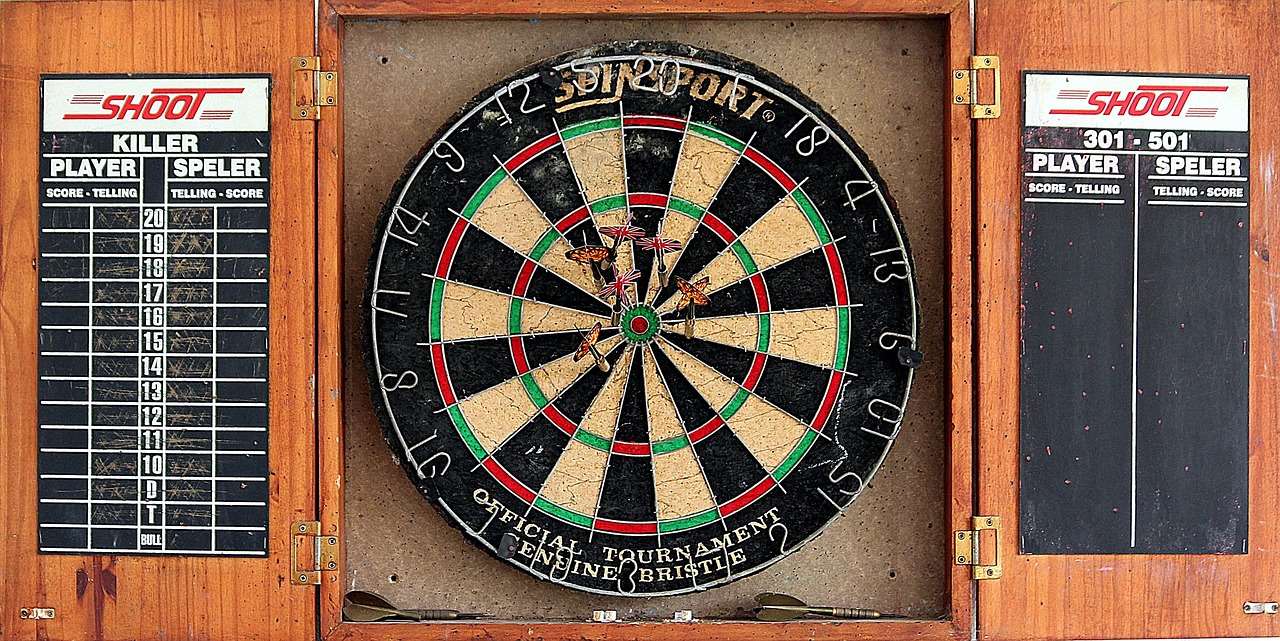Understanding darts final legs and sets is crucial for both players and spectators alike. This article will break down the intricacies of how these final stages of a darts match are structured and played, offering insights to improve your game and enhance your viewing experience. We’ll cover everything from basic rules to advanced strategies.
⚠️ Still Using Pen & Paper (or a Chalkboard)?! ⚠️
Step into the future! The Dart Counter App handles all the scoring, suggests checkouts, and tracks your stats automatically. It's easier than you think!
Try the Smart Dart Counter App FREE!Ready for an upgrade? Click above!
Before diving into the specifics of the final stages, let’s establish a foundational understanding of how darts matches are structured. Most professional and many amateur games involve a series of legs and sets. A leg is a single game where the first player to reach a predetermined score (often 501) wins. Multiple legs comprise a set, and the player who wins the majority of legs within a set wins the set. The overall match is then won by the player who wins the majority of sets.
The excitement truly builds during the darts final legs and sets. It’s often in these final moments that nerves are tested and skill truly shines. The pressure mounts as each dart counts, influencing the outcome of the entire match.
Understanding Darts Final Legs and Sets: The Basics
The rules surrounding darts final legs and sets can vary slightly depending on the format of the match, but the core principles remain the same. In a standard best-of-sets match, the final leg and set are crucial for determining the overall winner. This could be a best of 5 sets or a best of 7 sets format, depending on the competition. Winning a leg requires reducing the score from 501 down to zero, throwing at least one double or bullseye to conclude. Winning a set means winning a majority of the legs that comprise that set.

Let’s imagine a best-of-five sets match. If the score reaches 2-2, the fifth set becomes the decisive final set. Within that final set, the final leg will determine the overall match winner. The tension is palpable; every dart thrown carries immense weight. The final leg is often a nail-biting affair with both players demonstrating their highest level of skill and concentration, particularly under the pressure of playing for a title.
Calculating the Winner of a Leg
Winning a leg requires strategic thinking and accurate throws. Players must aim for high scores in the earlier stages of the leg to quickly reduce their score and ensure they have enough remaining score to easily finish. The final dart must land on a double or the bullseye to complete the checkout. Failing to hit the correct double or bullseye means the player must continue aiming for scores until they are able to finish on a double. This is where the pressure can be overwhelming.
Strategies for the Final Legs and Sets
Success in the darts final legs and sets often hinges on strategic decision-making and mental fortitude. Experienced players utilize various strategies to maximize their chances of winning. Understanding your opponent’s strengths and weaknesses is essential. If they struggle with doubles, you might choose more cautious shots earlier in the leg to secure a finishing position. Alternatively, if your opponent is aggressive, perhaps a more calculated, high-scoring approach to reduce your number is necessary.
Checkout percentages are a crucial factor in the final stages. A higher checkout percentage suggests a player’s ability to finish consistently and under pressure. Practice is crucial to increase this percentage, especially with difficult checkouts. The checkout percentage of a player can make or break their chances in the final legs and sets of a darts match.

Another crucial aspect is maintaining composure and focusing on the task at hand. Nerves can be a major factor in the final stages of a match. Players who can manage their nerves effectively are more likely to perform under pressure. It’s important to remember that even the best players miss darts. This means it’s essential to maintain calm and focus on your next shot, rather than dwelling on past mistakes.
Mental Game in the Final Stages
The mental aspect of darts final legs and sets cannot be overstated. Visualizing success, staying positive, and maintaining focus are key elements to winning. Many players use specific techniques, such as deep breathing exercises or positive self-talk, to manage their nerves and stay in the game. A strong mental game is as important as a good throwing technique and the right equipment for consistently performing well under the pressure of the final stages.
The Role of Doubles in Final Legs and Sets
Hitting doubles is undeniably crucial in darts final legs and sets, especially in the final leg of the deciding set. The ability to finish on a double is what separates good players from great players. Consistent double hitting under pressure is a skill honed over time through dedicated practice. Focusing specifically on double practice in your training will help dramatically improve your performance in those crucial final moments.

Players often employ different strategies for hitting doubles. Some may opt for a more controlled approach, focusing on accuracy over power. Others might prefer a more aggressive style, aiming for a forceful throw to guarantee the dart lands in the desired double segment. Ultimately, the best approach depends on an individual player’s throwing style and preferences. However, consistent practice and focusing on that specific area of your game is key for success.
Checkout Strategies and Variations
Developing a variety of checkout strategies is essential to improve your chances in darts final legs and sets. A diverse repertoire allows you to adapt to different scoring situations and increase your options for successfully finishing. Achieving a 9-dart finish is a rarity, even among top players. But understanding checkout strategies is essential for success in any darts match.
Many players find it useful to develop a list of preferred checkouts. Having a plan in place, especially for lower scores, can increase the probability of success. For example, a player might practice and memorize checkouts for 160, 170, and 140 scores. This practice can be significantly beneficial in tight final games.
Equipment Considerations for Final Legs and Sets
While skill is paramount, the right equipment can also play a role in your performance. Using darts that are comfortable and consistent in their flight is vital to reduce errors, particularly during high-pressure situations. Having confidence in your equipment reduces additional stress in darts final legs and sets.

Consider factors such as dart weight, length, and material when selecting darts. Experiment to find what feels most comfortable and consistent in your hand. Target Darts Artemis are a popular choice among many players; however, the best darts for you depend on personal preference and your specific throwing style. Regular maintenance of your darts and dartboard is also essential to maintain accuracy and performance. A worn-out dartboard can dramatically affect your accuracy and your overall game.
Importance of a Well-Maintained Dartboard
A worn or damaged dartboard can significantly impact your accuracy and consistency, especially in the crucial darts final legs and sets. Ensure your dartboard is in good condition and properly mounted before any important game. Regularly checking for damage or worn segments is essential for maintaining the integrity of the game. It’s an often overlooked detail that can lead to unexpected missed shots at the most crucial moments.
Beyond the Game: Spectating and Enjoying Darts Final Legs and Sets
Even if you’re not a player, understanding darts final legs and sets enhances your enjoyment as a spectator. Knowing the rules and strategies allows you to appreciate the skill and pressure involved in those crucial moments. Watching professional players navigate these final stages offers valuable insights into the mental and physical demands of the game.

Pay attention to the players’ body language, decision-making, and overall game strategy. Noticing these subtle cues can add another layer of enjoyment to the viewing experience. Consider also learning the different checkout possibilities to better appreciate how a player makes a comeback, securing their final points with accuracy and skill. Using an online darts scoreboard can help in understanding the scoring in real-time.
Watching professional darts, especially the final legs and sets, is a great way to appreciate the intensity and skill required. The atmosphere can be electrifying, with the crowd cheering on their favorite players. The tension is palpable and makes for a truly exciting viewing experience. Automatic darts scoring systems are becoming increasingly popular, demonstrating the technological advances within the sport.
Additionally, using a Dart Counter App on your mobile device or a darts scorer UK for your personal matches greatly assists in tracking the score and managing the game effectively.
Conclusion
Mastering the intricacies of darts final legs and sets is a journey that involves skill, strategy, and mental strength. Whether you’re a seasoned player or a passionate spectator, understanding the nuances of these final stages enhances your appreciation for the game. By focusing on consistent practice, developing solid strategies, and mastering the mental aspects of the game, you can significantly improve your performance and enjoyment of darts.
Remember to practice regularly, refine your checkout strategies, and always maintain a positive mindset to face the pressure of the final legs and sets with confidence. So, grab your darts, practice those doubles, and prepare for the thrill of victory in the final stages of your next match! Perfecting your darts stance can also greatly influence your performance. For further information on darts accessories, check out our guide on double darts cases.
Hi, I’m Dieter, and I created Dartcounter (Dartcounterapp.com). My motivation wasn’t being a darts expert – quite the opposite! When I first started playing, I loved the game but found keeping accurate scores and tracking stats difficult and distracting.
I figured I couldn’t be the only one struggling with this. So, I decided to build a solution: an easy-to-use application that everyone, no matter their experience level, could use to manage scoring effortlessly.
My goal for Dartcounter was simple: let the app handle the numbers – the scoring, the averages, the stats, even checkout suggestions – so players could focus purely on their throw and enjoying the game. It began as a way to solve my own beginner’s problem, and I’m thrilled it has grown into a helpful tool for the wider darts community.